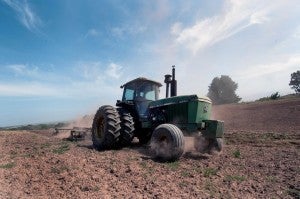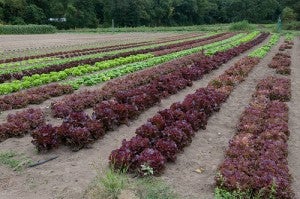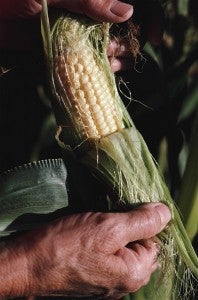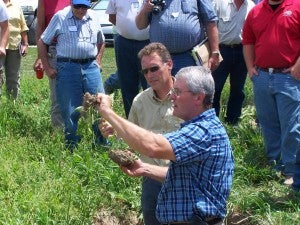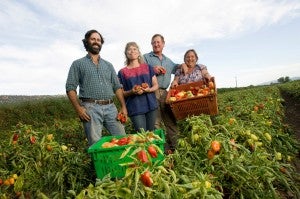 A new Purdue University study released this week found that agriculture will create nearly 60,000 jobs each year for the next five years. But to meet this growing demand, more students will need to graduate with agricultural degrees. And as the deputy secretary of the U.S. Department of Agriculture said in a recent interview, the farming sector must do more to work with students and the educational system as a whole.
A new Purdue University study released this week found that agriculture will create nearly 60,000 jobs each year for the next five years. But to meet this growing demand, more students will need to graduate with agricultural degrees. And as the deputy secretary of the U.S. Department of Agriculture said in a recent interview, the farming sector must do more to work with students and the educational system as a whole.
That’s where growers like Brent Bible come into play. Brent is inspiring the next generation of farmers, scientists, researchers, and agronomists through his work with Purdue students who help him operate his 3,000-acre grain farm in Indiana. He’s also promoting soil health, nutrient efficiency, and sustainable agriculture through changes in on-farm practices.
I asked Brent, a former Indiana state police officer, about his transition to the agricultural world, his work with the Soil Health Partnership, and what gets him out of bed every morning. Read More


